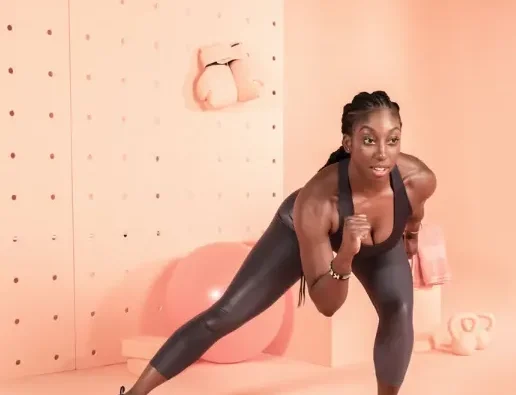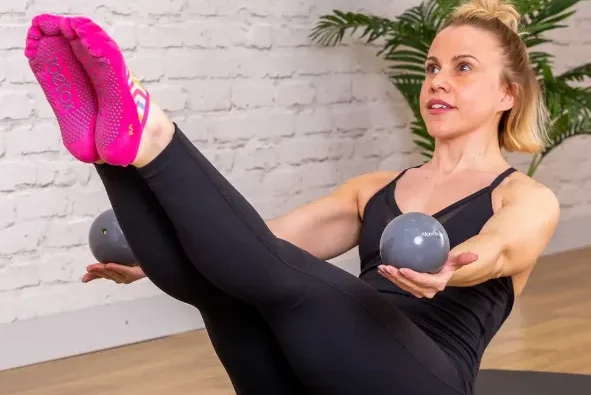
Training doesn’t have to be overly complicated. The basic principle remains the same: lift more weight, either by increasing the volume or the intensity, and you will improve. However, not all exercises are created equal, and it’s important to distinguish between those that are truly effective and those that don’t provide much benefit.
Much of modern training methods still draw influence from bodybuilding, where exercises are designed to target each muscle group from every angle. While this approach worked for bodybuilders, it isn’t always necessary for those focused on strength training. By simplifying our approach into six key movement patterns — upper push, upper pull, hip hinge, squat, split stance, and core — we can create an effective training plan. For a minimal routine, simply alternate between upper and lower body movements, then finish with core exercises.
However, not all exercises are of equal value. A barbell back squat, for example, is far more effective than a leg extension for developing leg strength. It’s important to choose exercises that maximize strength, size, and performance. Let’s dive into the best pushing exercises, considering the three main training tools: barbells, kettlebells, and bodyweight exercises.
The Best Bodyweight Pushing Exercise
When it comes to bodyweight exercises, the classic push-up stands out. Its simplicity, accessibility, and safety make it a staple in fitness routines. However, relying solely on push-ups as your pushing exercise is not ideal. Even advanced variations like the one-arm push-up, which tests relative strength, often rely more on core stability than pure pushing power.
While handstands are an excellent test of balance, flexibility, and strength, they are more of a supporting exercise rather than a true pushing movement. The real champion of bodyweight pushing exercises is the handstand push-up. Mastering free-standing handstand push-ups means your upper body strength is more than sufficient for almost any challenge. This exercise is incredibly versatile and can be done almost anywhere, even with wall support for beginners. Not only does it challenge the shoulders more intensely than one-arm push-ups, but it also engages a larger portion of your bodyweight, making it a more demanding exercise.
The Best Kettlebell Pushing Exercise
The kettlebell press is a highly effective exercise, but it comes with a significant drawback. As kettlebells increase in size, they put more stress on the shoulder joint, especially in external rotation. While moderate kettlebell presses are safe and effective, increasing the volume or intensity can lead to shoulder issues for many lifters.
To mitigate this risk, the bottoms-up kettlebell press (BUP) provides a great alternative. This variation is used in studies by Dr. Stuart McGill, showing that it enhances core activation while reducing stress on the shoulder joint. However, the BUP requires a high level of focus and central nervous system (CNS) recruitment, which can limit the volume you can perform.
The kettlebell jerk, on the other hand, is a fantastic full-body lift. It bypasses the shoulder joint’s strain and turns the press into a more dynamic movement that requires coordination and athleticism. Double kettlebell jerks also demand ankle and upper back mobility, which can unlock a variety of physical benefits. Additionally, performing jerks in extended sets, like in girevoy sport, can significantly improve your strength endurance.
The Best Barbell Pushing Exercise
Barbells are unmatched when it comes to maximizing size and strength. However, they require healthy shoulders and good mobility to perform effectively. Overuse of barbell presses, especially for those with limited shoulder mobility, can lead to injuries and discomfort.
One often overlooked barbell exercise is the standing military press. This variation requires full-body engagement, activating the glutes, abs, and lower back while pressing overhead. While it’s a great exercise, the fixed grip of the bar can lead to shoulder discomfort for some lifters, and the open-chain nature of the movement lacks the closed-chain stability found in handstand push-ups.
The barbell bench press is undoubtedly the most iconic pushing exercise. However, it doesn’t engage the core as much since you’re lying down, and it’s notorious for causing shoulder and elbow pain if not performed correctly. While it allows for lifting heavy weights, it requires a specialized bench, making it less accessible for many people.
The push press stands out as the best barbell pushing exercise. It allows for more weight to be used in a safer manner and involves less shoulder strain compared to the bench press. Unlike the split jerk, the push press doesn’t require as much skill, making it an easier movement to master while still providing excellent muscle-building and strength benefits.
Conclusion: The Best Pushing Exercises
To create a well-rounded pushing workout, here’s a structure that incorporates the best exercises from each category:
- Handstand Push-Ups: As these require the most skill and focus, perform 3-5 sets of 1-3 reps.
- Barbell Push Press: Complete 4-6 sets of 5-8 reps for a perfect balance of muscle size and strength.
- Kettlebell Jerks: Perform extended sets for 1-2 minutes, aiming for a total of 5-10 minutes of jerking to build endurance.
By combining these exercises, you’ll target all areas of upper-body pushing strength and develop a more powerful, functional physique.












